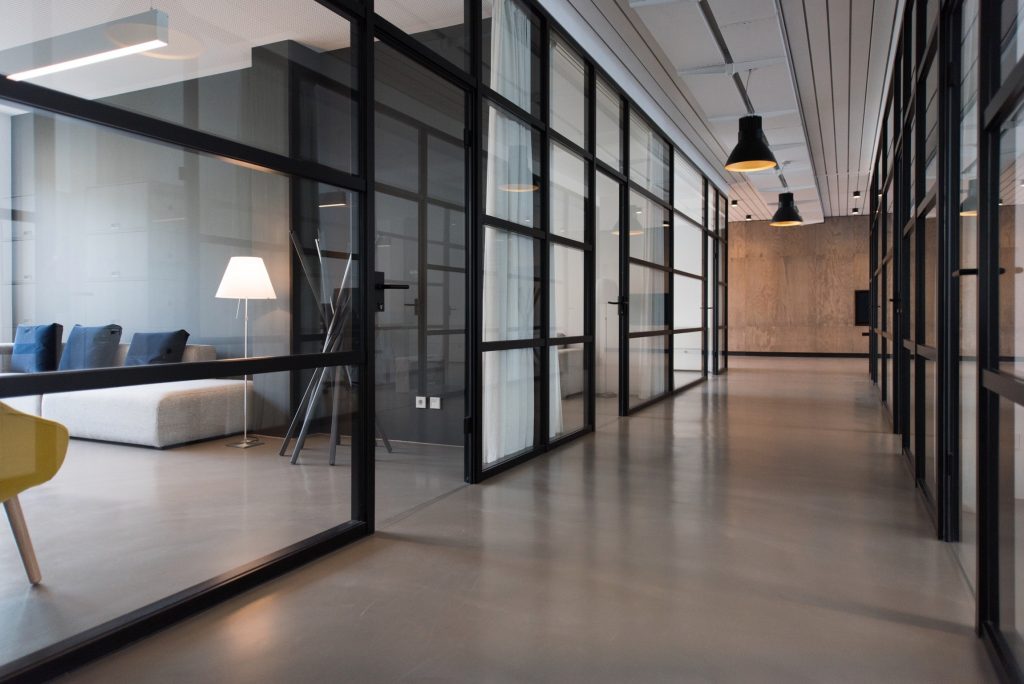How Space Measurement Affects Total Occupancy Cost for Tenants

By: Bill Saltzman, CCIM, SIOR
Executive Vice President | Director of Office Services
One of the most important, but least understood aspects of leasing commercial space is understanding square footage – USF, RSF and GSF – and how it impacts total occupancy cost. Space measurement is a complicated process that requires persistent attention to detail and there are numerous factors one must consider when engaging in lease negotiations.
Not having a solid understanding of the important concepts relating to space measurement can expose you to potentially embarrassing and budget-busting hidden costs that will dramatically and adversely impact occupancy cost, especially when considered over the entire term of a lease agreement.
Let’s break down the Usable/Rentable/Loss Factor/BOMA terms and What it All Means:
Landlords and leasing agents may use several different “yardsticks” or measurement techniques to assess the square footage of a space. These methods include:
- Useable Square Feet or USF: This is the space a tenant occupies. Brokers and agents rarely share this figure with prospective tenants, and it represents only one aspect of the total lease arrangement.
- Rentable Square Feet or RSF: This figure represents the combination of the useable square footage and a percentage of the common area square footage of the building. Common areas, which are portions of a building that presumably all tenants benefit from, include, but are not limited to the lobby, restrooms, corridors, area amenities such as fitness centers or a building café, and may or may not include elevators, vestibules, stairwells, duct shafts, telecommunications chases and other building components.
- Gross Square Feet, or GSF: This measurement includes the entire square footage of a building, often including mechanical rooms, janitorial closets, data equipment areas and other areas that tenants do not generally consider.
To make matters more confusing, methods of accounting for space for a tenant that takes up an entire floor of a multi-story building or a full-building tenant are handled differently from properties where multiple tenants occupy space and share common areas.
Generally, in the case of full-floor occupancy, the elevator lobby, corridors and restrooms become part of the “usable” square footage, which effectively increases the total USF. However, this adjusted allocation of space should also translate into a substantive reduction in the “common area factor” in the total calculation of RSF. When a tenant considers occupancy of an entire building, additional care must be given to gain a full understanding of USF, RSF and GSF and how base rent and other occupancy costs are determined.
This is where working with a specialist in tenant representation is crucial. A well-qualified Tenant Advisor can assist in the explanation and determination of whether space measurement is being handled appropriately and can provide a meaningful comparative analysis of the impact on total occupancy cost between several prospective properties to ensure that the annual cost to be paid by a tenant is clearly understood and properly accounted for.
Need an expert to look over your lease? We’re here to help.
To learn more about how CRESCO, Greater Cleveland’s leading commercial real estate company, can help you with your property needs, contact us at 216.520.1200, or fill out the form below. A CRESCO professional will contact you shortly.